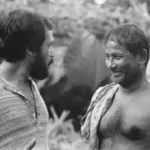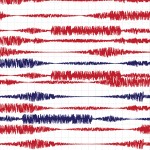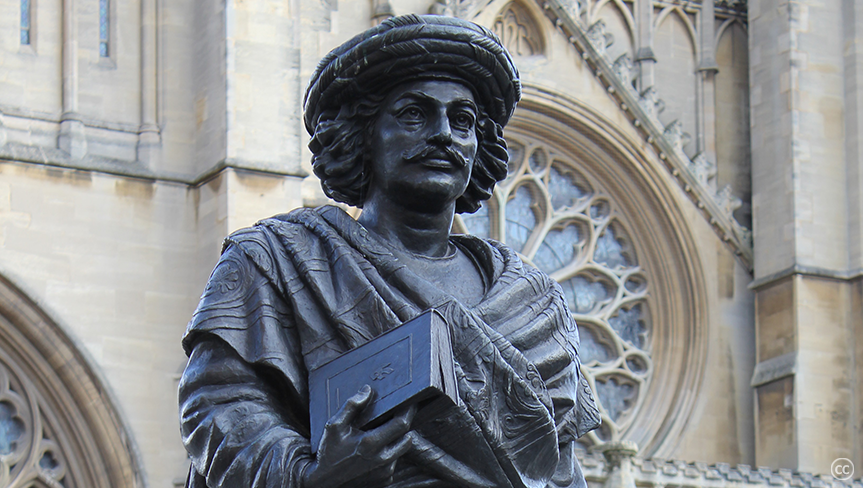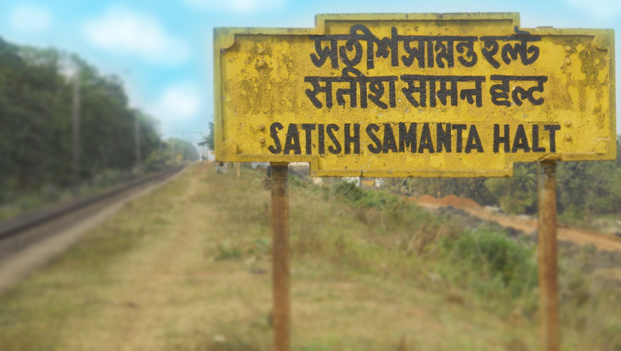
Rocketgrams were launched in India to deliver mail and parcels
Rocketgrams are mail delivered by firing crude rockets towards their destinations. Stephen Hector Taylor-Smith, an Indian aerospace engineer, launched the first rocketgram in the 1930s. In the ten-year span of his experiments he made around 270 launches. The first successful livestock dispatch was of a cock and a hen, Adam and Eve, across the Damodar…









